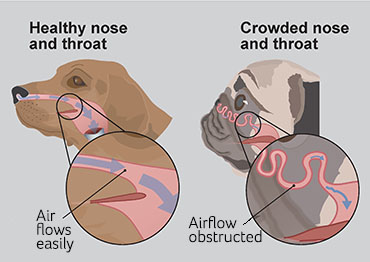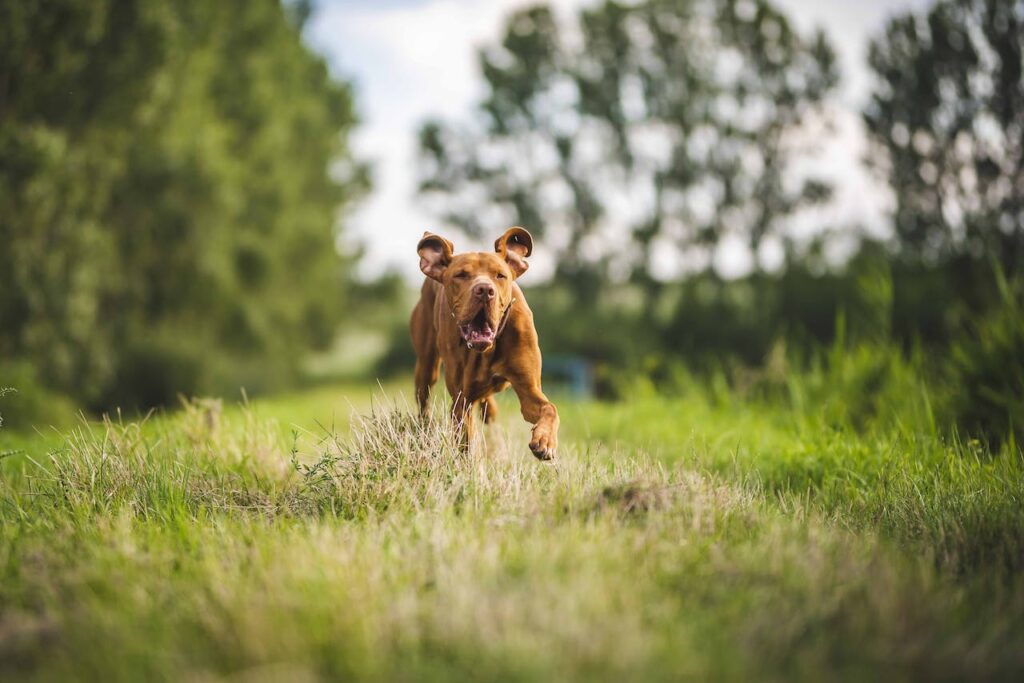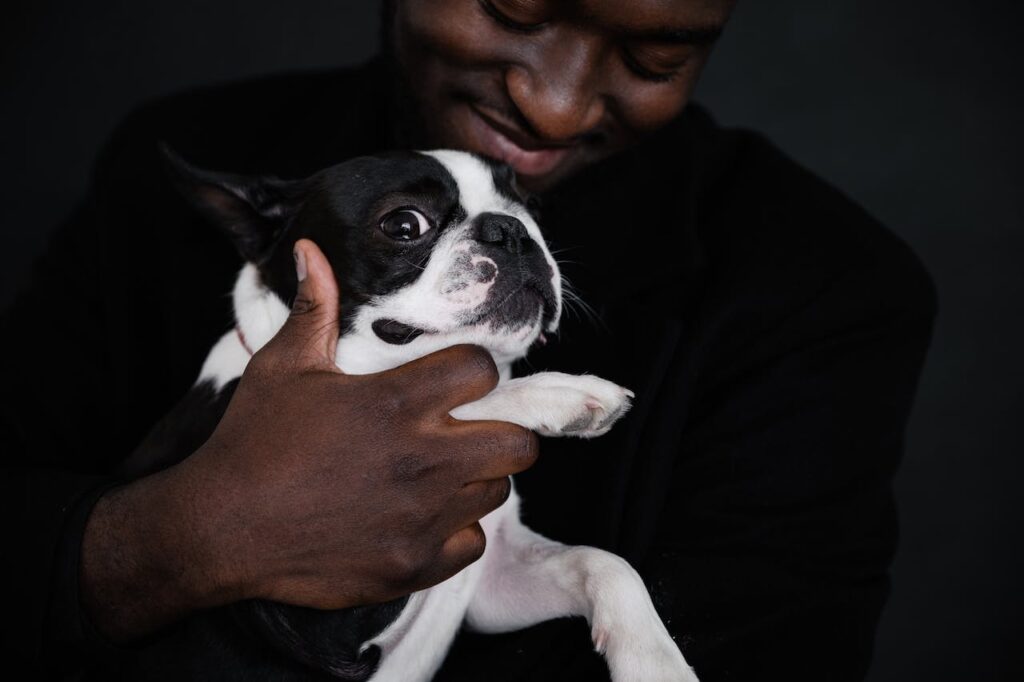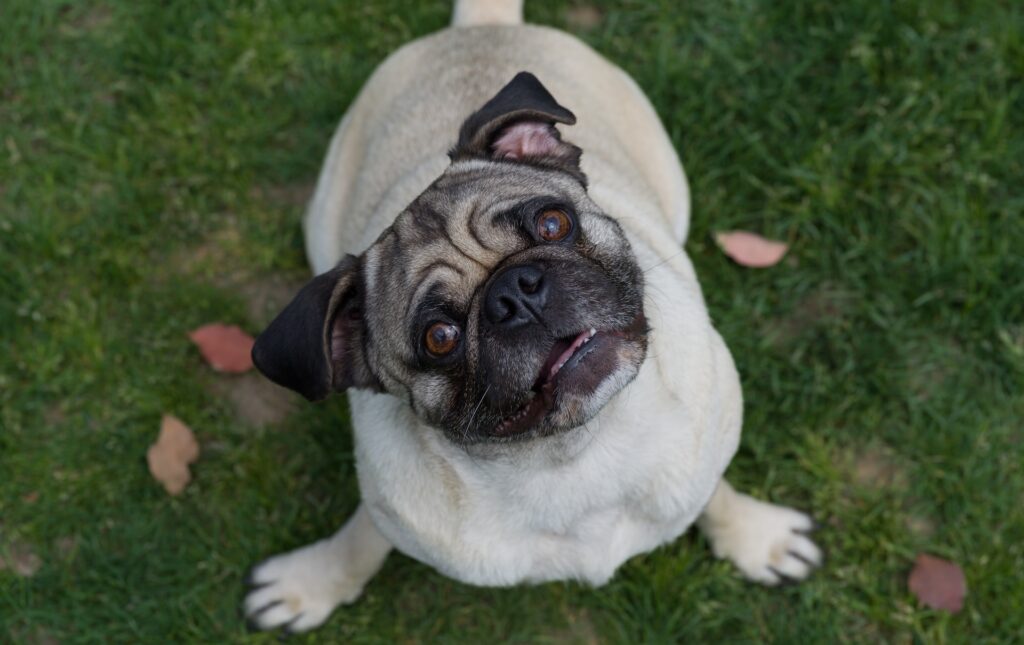With their distinctive wrinkled muzzles and playful temperaments, it’s no wonder that Pugs, Boxers and French Bulldogs are some of the most popular dog breeds in the world.
But those flat faces and short snouts can come at a serious cost. These types of dogs, known as brachycephalic breeds, are born with anatomical abnormalities including narrow nostrils and a small windpipe – the results of years of selective breeding to produce those exaggerated facial features.
Their breathing difficulties are in many cases a sign of the lifelong and progressive condition called Brachycephalic Obstructive Airway Syndrome (BOAS), whose other symptoms include noisy, labored breathing, lack of tolerance for exercise and even frequent cases of fainting that can be fatal.

The disorder can cause health issues in the dogs that suffer from it and can even shorten an animal’s lifespan. While it is not curable, there are treatments, such as surgery, diet and reducing heat exposure, which can ease the symptoms.
Now, a lab in Israel that develops artificial intelligence to better understand animal behavior has created an algorithm to accurately determine whether a dog has BOAS, simply by analyzing audio samples.
The Tech4Animals lab used the audio data from hundreds of brachycephalic dogs captured by digital stethoscopes before and after fitness tests at the University of Veterinary Medicine in Hanover, Germany.
And according to their recently published results, the algorithm was over 80 percent accurate when diagnosing a dog with BOAS.

Dr. Anna Zamansky, head of the Tech4Animals lab, which is based at the University of Haifa, tells NoCamels that the machine was first fed audio recordings of dogs with and without BOAS to achieve the results.
“Like in all AI applications, you need to show the machine positive and negative examples,” she explains.
“We showed the machine the data of healthy dogs versus dogs that the vets said have BOAS, and then let it understand the differences.”
To her surprise, the AI was also able to distinguish between dogs with and without BOAS in audio samples recorded prior to the fitness test – something she says is not even easy for a vet to do, as the dog is not yet breathing heavily.
She explains that the algorithm was able to do so by examining the specific mathematical features of each audio sample, the data of which was collected by Prof. Holger Volk of the University of Veterinary Medicine.
Sign up for our free weekly newsletter
Subscribe
“An audio signal has height, width and other mathematical features inside,” Zamansky says. “The machine looks at all of them and picks the important ones that help separate the cases [of BOAS].”
Compared to a veterinarian, she says, the AI may be more effective at diagnosing BOAS as there is no existing gold standard to determine whether a pooch has the condition.
A BOAS test normally requires the dog to do some sort of exercise while the veterinarian listens to their breathing. However, each clinic decides what kind of exercise the canine will do – such as trotting on a treadmill or running around in an open space. As a result, each vet may have a different diagnosis for the same pet.
Not only that, says Zamansky, but vets also decide on a different duration of exercise, which can affect the result of the test as well.

“The more experienced they are the better they do this, but it’s not very objective or quantifiable,” she explains. “So of course, the machine can be much, much more objective than a human vet.”
The next step, she says, is to collect more data and develop the AI further, so that it can be integrated into an app that will diagnose BOAS in dogs by analyzing the audio recordings taken on a mobile phone and not just from the digital stethoscopes that are used only in clinical settings.
Such a tool may raise awareness of BOAS among owners of brachycephalic dogs, who often believe that the snoring, snorting and loud breathing of their pets is normal.

“The majority of the owners of these breeds think it’s perfectly normal for the dogs to have these kinds of noises, so they don’t even take the dog to be checked,” says Zamansky.
“People don’t always have time to take their dogs to the vet,” says Ariel Oren, a member of the Tech4Animals team, who led the development of the AI.
According to Oren, an app will allow owners to check their dogs, and only require a vet visit if the results show an aberration.
“We are very optimistic that with more training, the machine will be a very useful clinical diagnosis tool,” he says.
Related posts

Editors’ & Readers’ Choice: 10 Favorite NoCamels Articles

Forward Facing: What Does The Future Hold For Israeli High-Tech?

Impact Innovation: Israeli Startups That Could Shape Our Future




Facebook comments